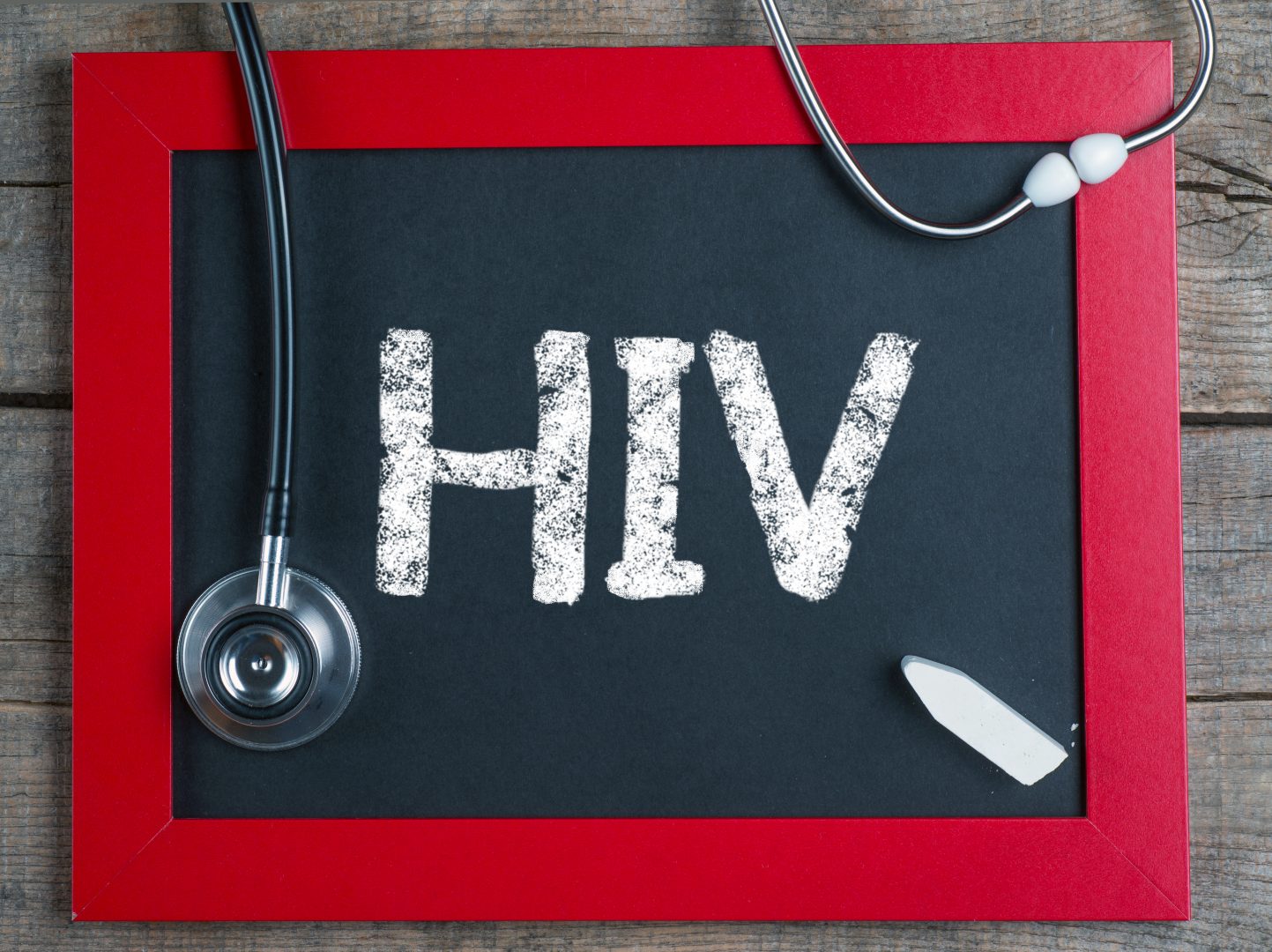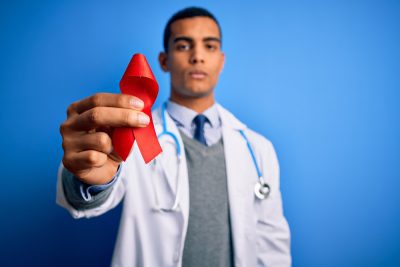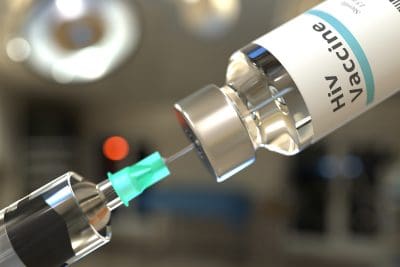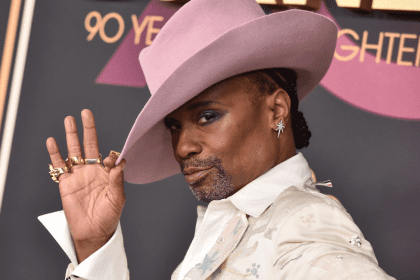
40 years ago, a new disease emerged in the medical and scientific community. It was called AIDS, caused by the virus HIV. Almost immediately, it wreaked havoc on the African American community, and those that were impacted the most were women. Still, HIV continues to present a disproportionate risk to African Americans. Although young African American gay and bisexual men account for more of the new HIV infections than any other group, HIV affects African American heterosexual women more than women of any other race or ethnicity.
The reasons why Black women are hit so hard by this virus are not a secret. However, men’s secret behaviors are the main reasons infection rates for Black women are so high. While Blacks only comprise 13% of the U.S. population, we accounted for 42% of the 37,832 new HIV diagnoses in 2018. This was the highest rate among all racial and ethnic groups with Black women accounting for 57% of the new HIV diagnoses among women. Moreover, Black women in the southern United States accounted for the vast majority (67%) of the new HIV diagnoses among all living women.
It is true that systemic issues like access to quality health care contribute to why marginalized Black communities are the first to be impacted by sexually transmitted infections such as HIV. Researchers at the US Centers for Disease Control and Prevention (CDC) report that there is a large corpus of Black men who have sex with men (MSM) and women, but do not recognize themselves as being gay. They also note a similar finding with Black men who do not disclose their bisexual activities to their female partners. These men, commonly referred to as “on the down-low,” have been cited as the main reason for the increase in HIV infections in Black women.
Since 1981, strong and targeted prevention efforts have led to reassuring reductions in HIV among African Americans, motivated by sharp declines among Black women. However, there is still a vital push to enlarge access to HIV prevention and treatment.
One reason for this is because not all Blacks with HIV are aware of their serostatus. Those who are, do not get the HIV care and treatment required to live longer, healthier lives. There are several ways to address the viral infection. One popular method, Pre-exposure prophylaxis (PrEP), is a pill that people who do not have HIV, take as a prescription to prevent getting HIV. Notwithstanding, substantial gaps remain in providing information on this prevention method to reduce the risk of infection.
The bottom line is that 40 years after the first wave of HIV cases, the Black community, especially women, are continually exposed to the virus by men who are gay, heterosexual and bisexual. This means that the high incidence of HIV in the Black community and the larger likelihood of bisexuality among Black men, will linger and place heterosexual Black women at risk for HIV infection.
If we want to reduce the rates of HIV infection in the Black community, especially among women, we must assess the impact of bisexual men and heterosexual Black men to HIV cases among Black women.















